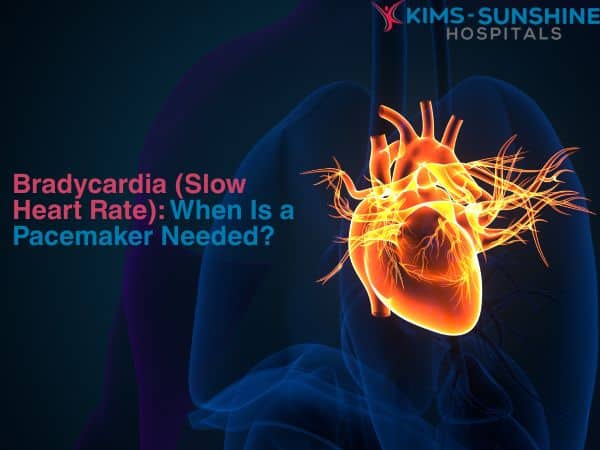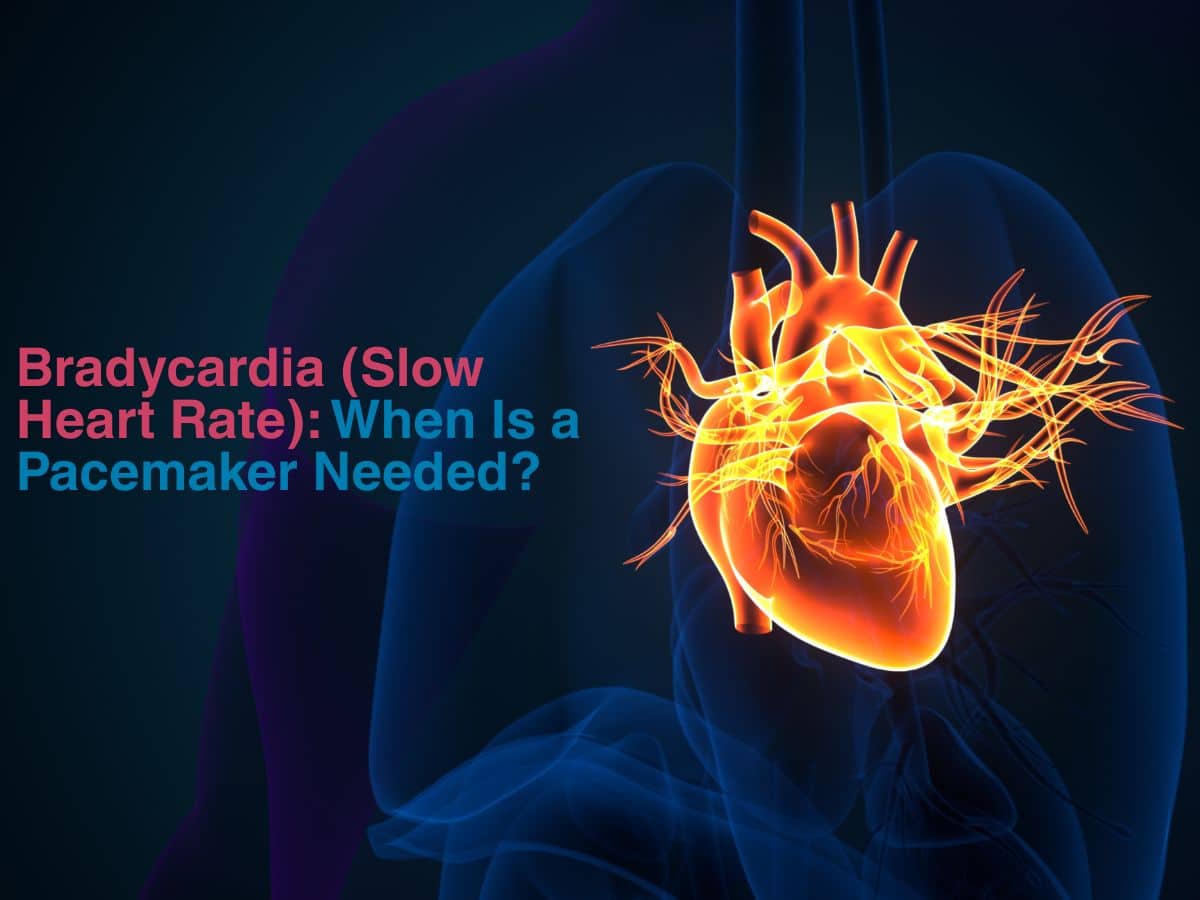
Bradycardia (Slow Heart Rate): When Is a Pacemaker Needed?
 Bradycardia in medical terms means you have a slower heart rate than usual. For most adults, the normal heart rate has been found to be between 60 and 100 beats per minute while at rest. Some people may have slightly lower rates too, but they won’t show any other symptoms. At such times, there is no problem. The issue arises when the heart struggles to beat and oxygen rich blood is not able to circulate properly all over the body. Then, you begin to feel very tired, cannot breathe normally and may even faint or feel dizzy. If the bradycardia you have is too severe and is impacting your daily quality of life negatively, you may need to get a pacemaker inserted.
Bradycardia in medical terms means you have a slower heart rate than usual. For most adults, the normal heart rate has been found to be between 60 and 100 beats per minute while at rest. Some people may have slightly lower rates too, but they won’t show any other symptoms. At such times, there is no problem. The issue arises when the heart struggles to beat and oxygen rich blood is not able to circulate properly all over the body. Then, you begin to feel very tired, cannot breathe normally and may even faint or feel dizzy. If the bradycardia you have is too severe and is impacting your daily quality of life negatively, you may need to get a pacemaker inserted.
Symptoms Of Slow Heart Rate In Adults-
If you suffer from the following symptoms or signs, then you may need to get checked immediately.
- If you have chest pain
- Feel too tired and cannot be active at normal levels
- If you have memory issues or get confused easily
- If you always feel dizzy
- If you feel like you are not able to breathe comfortably
- Irritability or change in mood
- Even heart palpitations, in a few situations.
Bradycardia is pretty common in older individuals or if people exercise too much. The normal heart rhythm is called the sinus rhythm and when the heart rate is slower than usual, it is termed sinus bradycardia. While it is not an issue for athletes or older people, if it presents with other symptoms, then it is better to address it.
Causes Of Bradycardia And Treatment Options-
There are many causes as to why bradycardia can happen. Let us look at a few of them below-
- If you have an electrolyte deficiency
- If you have inflammation of the heart tissue- like myocarditis, pericarditis or endocarditis.
- If you have infections that are not treated in time, it can affect the heart valves at times.
- If there is some issue with the electrical system of your heart
- If you undergo chemotherapy or radiation therapy for cancer
- If you have sleep apnoea etc.
There are many other conditions which can cause bradycardia, but these are some common ones you should know about.
Conclusion
Monitoring your heart rate and breath rate at home can be done with an ambulatory monitoring set up. You will need to learn how to find your pulse and then count the heart rate. You can also just wear a smartwatch these days and they are good at keeping records for long periods of time. If you notice chest pain, feel dizzy or have other symptoms along with low heart rate, then you should talk to your doctor about possible treatment methods that can benefit you in the long run.






